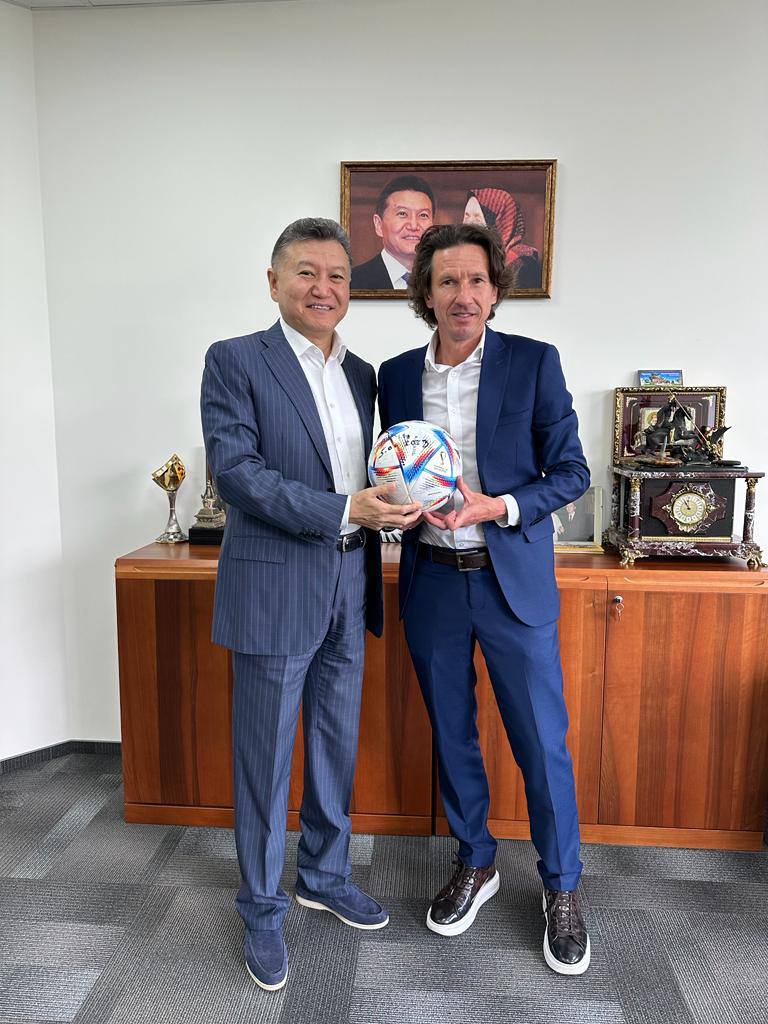As a medium, Eisenbeiss invited Robert Rollans, a musician and, concurrently, a medium who owned the technique of automatic writing in a trance state. Eisenbeiss chose Rollans not only because he knew him well. Firstly, the medium absolutely did not understand anything in chess; therefore, he could not pretend to be the dead GM. Secondly, Rollans agreed to participate in the experiment free of charge. By the way, Korchnoi did not receive a franc for participating in the game with Maroczy either.
Korchnoi said that he would like to meet at the chessboard with the Cuban Jose Raul Casablanca, the Soviet chess player Paul Keres or the Hungarian grandmaster Geza Maroczy. Medium began searching for an opponent and a week later said that he could not find Casablanca and Keres in the other world, but Geza Maroczy was found and gave his consent to play. All this sounded fantastic, and Viktor Korchnoi was ironic about everything that was happening, but he didn’t refuse to play.
The tournament started in June 1985. Tournament organizer Eisenbeiss asked why Maroczy agreed to the game. Rollans wrote down the answer: “I agreed for two reasons. First, I want to convince humanity that death is not the end. I came to help people understand this. After death, the mind separates from the body and lives in another world, in other dimensions. Secondly, I want to glorify my native Hungary. ” Then Hungarian made the first move. True, he had previously expressed concern about his skills: after all, he had not been playing for many years.
However, an unprecedented chess game has begun. With every other move, Viktor Korchnoi took the game more seriously. He commented on the game after the 27th move: “During the opening phase Maroczy showed weakness. His play is old-fashioned. But I must confess that my last moves have not been too convincing. I am not sure I will win. He has compensated the faults of the opening by a strong end-game. In the end-game the ability of a player shows up and my opponent plays very well.”
As an independent expert to monitor the game, Eisenbeiss brought in a chess player Vernon Neppe of Pacific Neuropsychiatric Institute, Seattle. Carefully observing the game, Neppe said: “the alleged Maroczy played slowly at the beginning, at the master level. His erroneous debut was probably the result of Korchnoi’s application of new theoretical ideas developed after the death of Maroczy. But by the middle of the game, the pace of the game had changed, and in the end there was no doubt that a grandmaster was playing against Korchnoi. It is impossible that the medium through which the spirit of Maroczy communicates can demonstrate such level of play.”
Eisenbeiss wasn’t satisfied with the expert’s opinion, and he asked the late grandmaster to share the details of his life.
Maroczy delivered an autobiography on forty pages. This is where the real miracles began: the spirit of the Hungarian grandmaster gave details that no one except Geza Maroczy could know about. Thus, for example, he talked about the party that he played in 1930 in San Remo with a certain Romy. This man didn’t appear in any record of chess competitions, although he played brilliantly against Maroczy.
“First of all,” Eisenbeiss later recalled, “Maroczy noted that the name of the person with whom he played in San Remo is written with the letter h at the end. He further said: “In my school years, I had a friend, Romih, who once beat me in chess. I treated him with great respect, but lost sight of him for many years. And decades later, we unexpectedly met at a tournament in San Remo and played one of the most interesting games in my life.
During the game, there came moments when not only the followers of the game were ready to admit my defeat, but also I myself, being by nature a born optimist. But at some instant the right decision occurred to me, and I won. Therefore, I took revenge for that school game. According to the results of the tournament, Alekhine became the winner, I took the ninth place, and my friend took the sixteenth.”
Robert Rollans commented on how he communicated with the spirit of the late grandmaster:
“I found myself in two different states. The first one was my usual trance state when Maroczy wrote with my hand. The second one was completely new for me. Maroczy considered his possible moves. He addressed me and showed various options for the development of the party. I sat in front of the chessboard, and Maroczy showed my inner vision how he could move the pieces. At the same time, I understood all the arguments of the grandmaster, although I have never played chess in my life. ”
The match between Maroczy and Korchnoi ended on 11 February 1993. The Hungarian grandmaster admitted defeat on move 48. At that time, he had a king and two pawns and Korchnoi had a king and three pawns. In total, the game was played for seven years and eight months.
Journalists and chess historians looked forward to find out from the protagonist of this story - medium Robert Rollans - the details of communication with Geza Maroczy. Alas, these hopes were not destined to come true: on 2 March 1993, Rollans died. Perhaps the cause of his death was a long communication with the world of ghosts.
Wolfgang Eisenbeiss published the results of his experiment in the British journal of the Society for Psychical Research. The scientific world reacted negatively to this experiment. Eisenbeiss was accused of fraud. However, the evidence of recognized authorities in the field of chess and psychiatry, who participated in the experiment, led many pundits to think about the possibility of maintaining consciousness and intelligence after death.
Editors’ note. What do you think about this? We would like to know your opinion. Please write to This email address is being protected from spambots. You need JavaScript enabled to view it.. The most interesting comments will be published.
 Thirty-four years ago, two grandmasters, Victor Korchnoi and Geza Maroczy, met at the chessboard. There would be nothing special in this game, if not for one circumstance: Geza Maroczy passed away in 1951. It was the so-called spiritualist chess game between Viktor Korchnoi and the ghost of GM Geza Maroczy.
Thirty-four years ago, two grandmasters, Victor Korchnoi and Geza Maroczy, met at the chessboard. There would be nothing special in this game, if not for one circumstance: Geza Maroczy passed away in 1951. It was the so-called spiritualist chess game between Viktor Korchnoi and the ghost of GM Geza Maroczy.






















